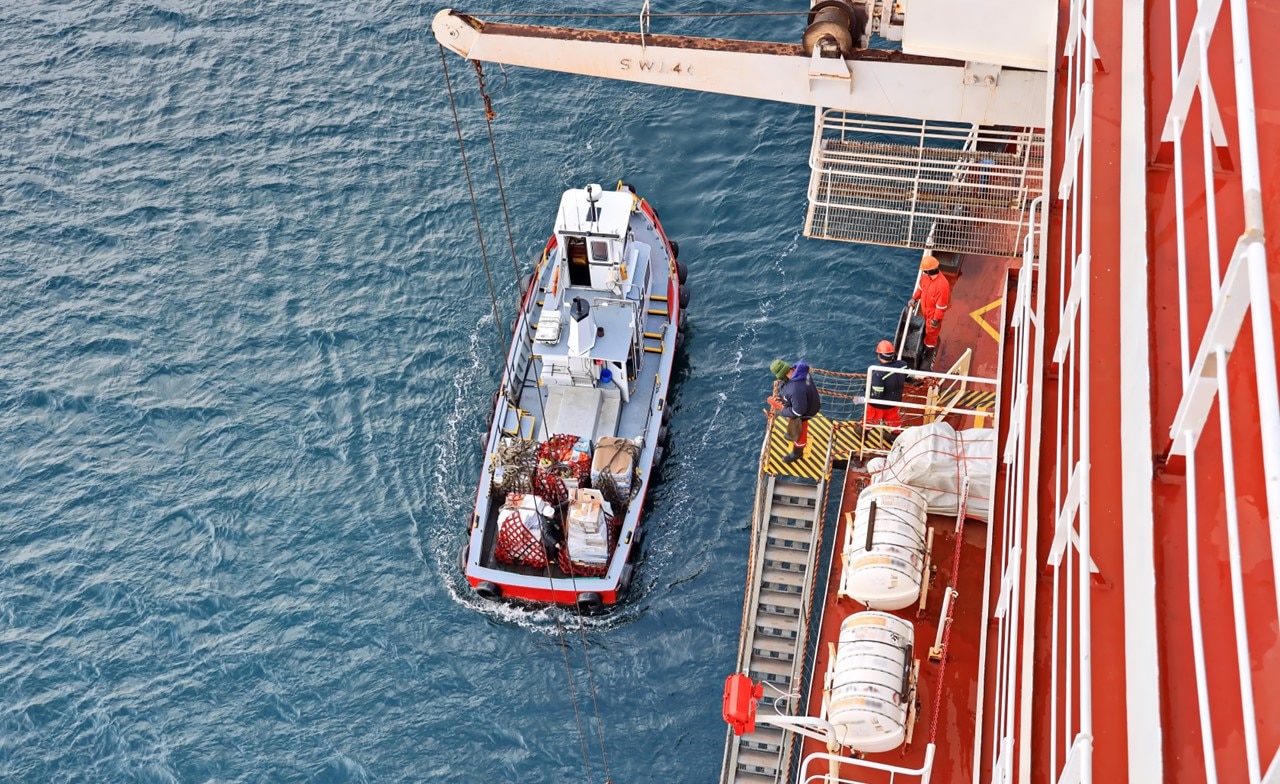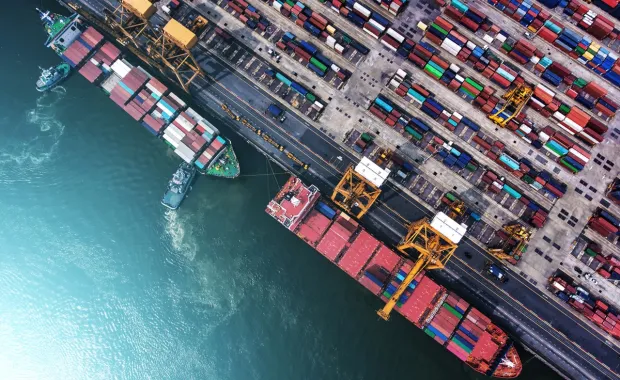Modernizing the Dutch Pilot’s Organization’s mission-critical pilotage planning system to enhance efficiency and enable faster, more secure and scalable operations.
One of the challenges organizations face is when their IT systems, which are tailored to support critical business processes, become outdated and need to be modernized.
Annually, the Dutch Pilot’s Organization (Loodswezen) guides over 90,000 seagoing vessels to pilotage to and from Dutch and Flemish seaports on the Schelde River. With the support of 450 registered pilots, it relies on an optimally functioning planning and deployment system to provide the best possible guidance.
However, the Dutch Pilot’s Organization faced the challenge of modernizing its aging mission-critical system to enhance efficiency, enable faster, more secure and scalable operations and improve agility.
In the Rotterdam-Rijnmond region alone, there are approximately 56,000 pilotage movements every year, facilitated by approximately 220 registered pilots and a multitude of pilotage equipment, including pilot vessels, dinghies, tenders and helicopters. Together, they ensure seagoing vessels reach their destination as smoothly and safely as possible. This is a mission-critical operation, as Dutch seaports serve as economic hubs that must continuously operate. If traffic in even one port comes to a standstill, it can cost millions of euros.
The Dutch Pilot’s Organization and its partners are tasked with managing this critical operation, underscoring the need for reliable IT systems.

The challenge
For more than two decades, CGI has been a strategic partner, supporting the software that enables the Dutch Pilot’s Organization to guide seagoing vessels as optimally and safely as possible. A key milestone in this partnership was the delivery of Systeem Planning Inzet Loodsen (SPIL), the pilotage planning system.
Introduced in 2005, SPIL was a state-of-the-art system. It highlighted the advancements the Dutch Pilot’s Organization values and demonstrated the added benefits of digitalizing processes such as planning and invoicing. However, technological advancements are rapid, and after several years, SPIL needed to be replaced.
Replacing SPIL is a complex task. It was a single, comprehensive system that integrated all the client's services and modifying one component would impact others. Moreover, the processes preceding a software release (development, implementation, testing) took longer than desired, impeding agility.
Our solution
We understood that replacing the entire system needed a step-by-step approach. While the old system, which supported daily mission-critical operations, remained active, our experts extracted components from SPIL and used them as the building blocks for a new system, adding new applications and functionalities to make the system future-proof.
For the planning module, we captured the valuable knowledge and decision-making skills that the planners possessed in the new system. The new system facilitates the planner's work through connections with the back-end systems and access to various relevant data flows. For example, if a ship is coming through the port of Rotterdam, it is crucial to plan its pilotage. When the planner clicks on a ship's voyage, based on the type of ship (e.g., LNG (gas) or container ship) and other details, the system identifies the size and draft requirements for the pilotage. The planner then checks for available pilots authorized to pilot the ship and can then assign a pilot to a trip.
Currently, we are developing and testing the new planning component of the system. The new system's modernized architecture enables regular updates to be released every month. Moreover, if the client requires a specific functionality, we develop, implement and test the software until it's released.


Moving forward
Additional releases will follow with more features and applications. For example, our data experts are working on reporting functionalities where data from the primary process is being moved from an AWS Redshift cluster (a business intelligence solution) to an Azure data platform to unify reporting capabilities. The Dutch Pilot’s Organization can access relevant data via PowerBI dashboards, such as the number of voyages, the duration of each ship's voyage, and other management information. This will provide near real-time insight and allow the data to be used for forecasting.
Significant steps are also being taken to reduce fuel consumption and carbon dioxide (CO2) emissions using PowerBI's reporting capabilities to monitor a ship's performance. Modeled and measured fuel consumption per tender will provide insights into a ship’s and a fleet's performance, allowing for proper management.
With its reliability, transparency, agility and new functionalities, the new planning system is a significant contributor in helping the Dutch Pilot's Organization remain a reliable and sustainable partner for the port of Rotterdam.





